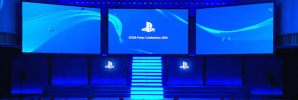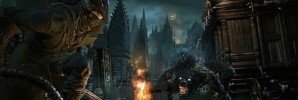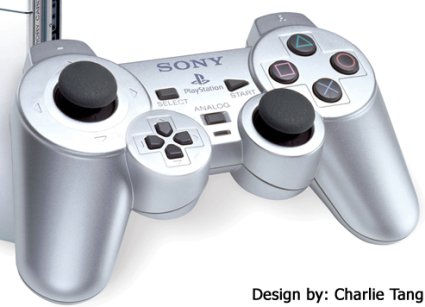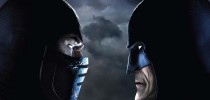The Final Fantasy Series: A Retrospective (Part 3)
After 6 games, each one more popular than the previous one, the series migrated from the SNES and Nintendo consoles to Sony’s own platform, the original PlayStation.Around the mid 90’s, Squaresoft were at their best, having just released games like Final Fantasy VI, Chrono Trigger and Secret of Mana, and were getting ready to move onto the next generation. After learning that the Ultra 64 (later known as Nintendo 64) was gonna use cartridges as means of storage and not CDs, and some unfortunate declarations by Hiroshi Yamauchi, then president of Nintendo (“[People who play RPGs are] depressed gamers who like to sit alone in their dark rooms and play slow games.”), Squaresoft decided to jump ships, and bring their most popular franchise to Sony’s consoles, which fitted their business model, view of the videogame world and ambitions in a much better way.
[NOTE] : Click here if you missed Part I, covering Final Fantasy I, Final Fantasy II and Final Fantasy III.
[NOTE 2] : Click here if you missed Part II, covering Final Fantasy IV, Final Fantasy V and Final Fantasy VI.
[UPDATE] : Click here for Part IV, covering Final Fantasy X, Final Fantasy X-2, Final Fantasy XI and Final Fantasy XII
Now people were buying Sony consoles just to play Squaresoft games, and it’s here when Squaresoft peaked as both developers and game producers bringing modern classics to the PSOne like Parasite Eve, Xenogears, Vagrant Story, and obviously, their big star, Final Fantasy. Squaresoft modernized the franchise, let go of the 2D perfection they had achieved with Final Fantasy VI, and tried a new form of RPG with everything that had worked in the previous generation and the best looking graphics they could achieve at the time. The result are three games (four if you count “tactics”, but that’s for a different article) that are amongst the most remembered not only of the 32 bit generation, but of gaming as a whole.
Without any further intro, enjoy the third part of the PS3 Maven Final Fantasy Retrospective.
Final Fantasy VII
First of all, one can not under-estimate the importance of Final Fantasy VII. Squaresoft was already a big name in the industry by then, and had long before eclipsed its most direct competitor, Enix’s Dragon Quest, but it’s from Final Fantasy VII on that every RPG ever released would be compared to Final Fantasy VII itself. The game incorporated, thanks to the CD technology, Full Motion Videos which enhanced the visual aspect as well as fully animated 3d models on battle screens that impressed fans everywhere. Sure, by now the models look blocky and dated, but back in January of 1997, this was an absolute revolution in graphics, and looked fantastic. Now the characters would actually run towards the enemy, and hit them with their weapon, or move while casting spells in a 3d battlefield where the player could switch the point of view around.
By now, pretty much everyone is familiar with Cloud Strife, protagonist of Final Fantasy VII. The game tells his story just after arriving Midgar, a city ruled by an evil corporation named Shinra (Yes! It’s not an evil empire!) who is extracting the ‘mako’ (a form of spiritual energy) of the Planet and using it as energy. The problem is, this is not a renewable resource after all, and will eventually kill the planet by sucking it dry, so a terrorist organization codenamed Avalanche is planting bombs all over the reactors around the city in order to save the planet. Cloud joins Avalanche making it clear that he only is in it for the money, even though his contact with Avalanche is one of his childhood friends. After some battles and events all along the city, Cloud’s group gets captured and breaks free only to find the head of Shinra dead, with the legendary sword Masamune sticking out of his back. Cloud points out that this sword belongs to former Soldier (the organization he used to be in) member Sephiroth, who was presumed dead.

Cloud's not the only poster boy of the game. Look around Deviant art and you'll find just as much Sephiroth.
Cloud finally decides to take everyone out of Midgar, and explain a bit of his past. After hearing about Sephiroth’s last moments amongst the living, the party doubts his motives and sets to chase him around the world to see what’s really going on and what is he really after. From here on, the story escalates from evil corporation doing wrong to an epic involving the fate of life in the planet (not only humans!), the way people see themselves, and the importance of certain people in everyone else’s lives. Without giving anything away (even though by now everyone knows), the game has a main character die about one third into the game, and the main characters grieving the rest of the game, as well as an in-depth view inside Cloud’s head, where the player realizes that mostly everything he knew about the character was a lie, and it’s the player’s task to pierce his memories back together.
Gameplay wise, the game is not that different from Final Fantasy VI, with highly customizable characters. The problem is, at times they’re too customizable, and nothing sets them apart except from their limit breaks, special “desperate” attacks that charge over time, first incorporated in FF6, but with a way more prominent role here. Luckily, the appearances and personalities are unique, so the player ends up controlling up to 9 different characters, all of them very recognizable, with custom unique dialog for each section which makes it worth it to try different sections with different characters in order to see what they have to say. Also, being that the game now incorporates 3d models over 2d backgrounds, rudimentary body language helps to convey the emotions of the characters to form some fantastic scenes. The best example of this is after one of the characters die, and each member of the party bids farewell with a different body animation, without any text whatsoever.
Final Fantasy VII is one of the greatest games of all time, pioneer of what we can realistically expect from a modern JRPG, yet it has not been matched in terms of importance and impact in pop culture. The story it tells and the way the player interacts with the world were absolutely groundbreaking back then, and the game’s world remains pretty exciting and complex even today. Even before getting the airship or any means of transportation, as soon as the player escapes Midgar, the game’s world feels huge (even if it isn’t really that big), that the whole planet is open for the player to explore and traverse, and there’s a fantastic atmosphere of just a bunch of people having a really huge adventure that slowly escalates into a planetary crisis while chasing Sephiroth. The graphics might be a bit dated by now, but the game remains timeless, ageless and just as good as when it was first released. As a tip, the game came out on PC too, and if you’re skillful enough with patches and modding tools, just following these instructions you can really enhance the graphics of the game to look like this:
Also, if you want a good challenge, make sure your version is not the original Japanese release, and you’ll be able to fight some of the hardest superbosses of any videogame: Emerald Weapon underwater and Ruby Weapon over the desert. Good luck!
Final Fantasy VIII
Final Fantasy VIII came out at a strange point in the franchise’s history. One can assume that the most intimidating job in the world could be having your boss tell you “hey, remember the most successful game in the world? Yeah, that was very nice. Now go make a sequel”. With so much pressure, the guys at Squaresoft put out a strange game, unlike any entry of the series before or after, where mostly everything they tried was new. For starters, and most Final Fantasy VII fans seem to forget this, there was a lot of tongue-in-cheek humor in the series, poking fun at old (and at times perverted) men, or light, awkward dialog on top of all the angst to keep things spiced up. Final Fantasy VIII, on the contrary, was very serious from the start. The player controlled students on a military academy and this changed things around a lot.
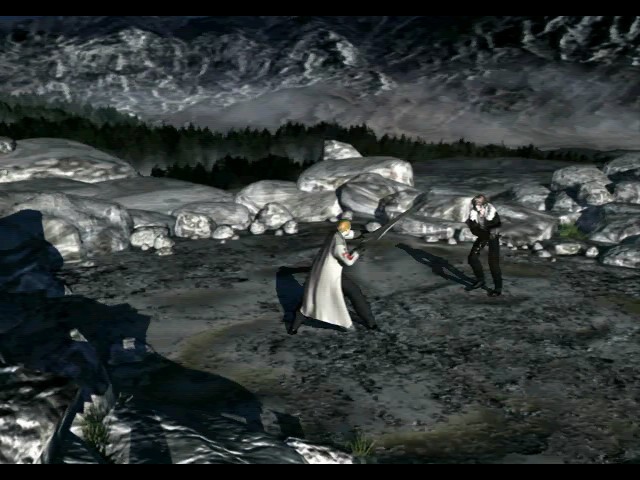
The FMV's looked fantastic and hold up well even today
Amongst the main changes were the fact that the characters were humanly-proportioned all the time, for the first time in the series, and that the world looked very modern and 20th century like. Gameplay wise, equipment was entirely removed and the player had to equip (“junction”, to use the game’s lingo) Guardian Forces (summons in previous games) and magic to his own stats. This meant that instead of equipping a Mithril Armor, for example, the player had to junction “Fira” to his defense stat. Also, in order to pull off a Limit Break (more prominent in this game than ever before or after), the player only had to get his HP below 25%. For the final main difference, the monsters leveled up along with the player so that the difficulty remained constant, and they did not drop Gil/GP/money after battle: being that the player controls a mercenary/academy student, after a certain time, the player will earn his salary, despite if battles were had or not!
The game, following the steps of VI and VII, has one main protagonist, Squall (although at times the player will control Laguna, another character, unrelated at first, but with a story that becomes intertwined by the end), who is a Seed (a mixture between a college student and a mercenary) at the Garden (the mercenary school, so to speak). Soon after graduating, he gets sent on a mission to aid a rebel group that pretends to liberate a city from the Galbadian Empire (yes, the empires are back on this entry), but this makes the conflict quickly escalate to the point where the group gets instead sent to assassinate a Sorceress, responsible for the Galbadian Empire’s militaristic ambitions. Again, as this is a Final Fantasy game, even if the game starts out small and political, by the end it’ll be existence itself what is at stake. The story has been criticized by detractors (fairly) for being sort of a mess, but the point is how stylish its telling is, how lively the world seems with its Europe of the 50s look, and how it seems that every character has something to say, at every corner of the game.
Also, the game has a huge romantic component, unlike any of the games before. This time around the relationship between the characters is not hinted at, but we straight up see it happening and they deciding that they want to be together (aaaw). This romantic part of the story is not really something to write home about, nor is the videogame equivalent of Shakespeare (actually, it’s really awkward), but for a videogame in 1999 it was quite fresh and unique, so even if it didn’t go all that well, it was great to see Squaresoft trying new things.
Over all, Final Fantasy VIII is a fantastic game, with lots of customization options that make the system really engaging and interesting (once the player ‘gets it’, at least), albeit too exploitable at times. It’s worth to power level if you are up for a challenge and want to take on the Weapons, Ultima and Omega, but most of the time, wits are all it takes to deal with any enemy. The Weapons are present in every version, so pick your favorite platform, although we can’t help but recommend the PSOne / PSN version above the PC one, for the Soundtrack sounds better on consoles.
Plotline wise, Square did a couple things wrong, and a couple things right. Sure, we could nitpick and tear the game apart, and believe us, some parts really deserve it, but the gameplay aspect, unique world and fun battle system more than make up for that. Even if it goes wrong at times, this is the only way a franchise can grow: trying new things and not being afraid to make mistakes. Here’s to Square Enix taking risks again in the future and trying something different like Final Fantasy VIII once more.
Final Fantasy IX
Final Fantasy IX was initially thought as a game outside of the main series, sort of a ‘gaiden’ story, more reminiscent of older titles (Final Fantasy I to V) above the newer ones (VI to VIII). Being that part of the team was already working on what would eventually become Final Fantasy X for the PlayStation 2, this game was meant to be a tribute to everything that came before. Eventually, and we guess this happened in order to keep the formula of “three main titles per console generation”, this game became Final Fantasy IX, which would pay tribute not only to the older games but to the new ones as well, which we guess is the reason why the protagonist eventually has an identity crisis around the third disc where he wonders what’s his purpose on life, and who is he really.
The first thing the player will notice is that the game goes back to ‘medieval’ settings, with castles and fortified cities instead of iron and steampunk metropolis, and the cartoony characters as opposed to human-proportioned models. Also, similar to Final Fantasy IV, this time we get a set number of characters, each with their unique jobs, skills and commands (we have Zidane the thief, Steiner the Knight, Freiya the Dragoon, Vivi the Black Mage or Eiko the Summoner, to name some of them), and just like in IV, controlling them depends more on how the game and storyline goes as opposed to what the player actually choses until late in the game. The world is colorful and vivid, full of quirky non-humans running around, although there isn’t much to do in the cities or game world except find Stellazios or play chocobo hot n’ cold, which contrasts heavily with VI, VII, and VIII which had a bunch of mini-games and sidequests all over the place.
The game follows main character Zidane, a thief who’s a member of a theater company (‘Tantalus’), charged with kidnapping princess Garnet of Alexandria. Turns out the princess wanted to escape her mother the queen anyways, for she notices that something is wrong with her. After leaving Alexandria, they get separated from the Tantalus group and start traveling to the kingdom of Lindblum where Cid, Dagger’s ‘uncle’, resides to discuss the situation. Turns out there’s someone named Kuja behind the queens actions who is also trying to draw Garnett’s (now nicknamed “Dagger”) power to invoke Eidolons (summons) and use them to become all-powerful, and who’d guess this, take on the world. As this is a Final Fantasy game, this gets solved around the first half of the third CD, just in time for a crisis that threatens reality’s very existence.
Over all, Final Fantasy IX, as opposed to VIII’s mixed reaction (either loved or hated) is usually remembered as a good game, not too serious but fun in any case. Even though this is the last game of the series to feature a world map, the game is very restrictive in terms of places the player can go to, or who gets to tag along with the main character, which is a shame: Final Fantasy has two sorta boring main characters (Zidane and Dagger) but a fantastic support cast, with characters like Vivi, or Freya who basically deserve a game on their own. Their background is so rich and interesting that most players can’t help but feel they weren’t properly exploited.
Also, the superboss of this game, Ozma, is sorta disappointing for involving a luck factor above the skill factor when fighting him (some attacks can obliterate your party in one hit or do laughable damage randomly). This game is a PSOne exclusive, and if you’ve got rid of your gray machine of wonders, the only way to play it is on PSN. Just make sure you get the American release, and not European, for battles in the European version are painfully slow. Enjoy it!
If you’ve missed previous entries of the PS3 Maven Final Fantasy Retrospective, click here for Part 1 and Part 2.

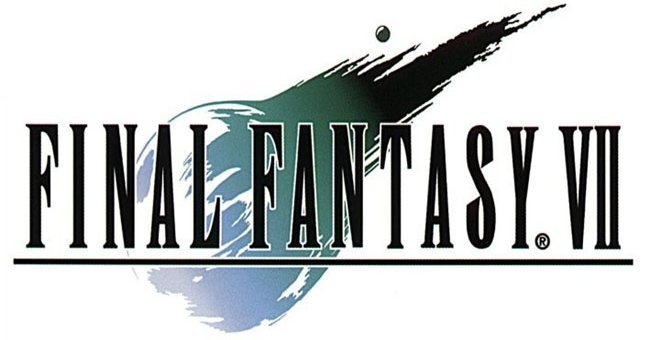
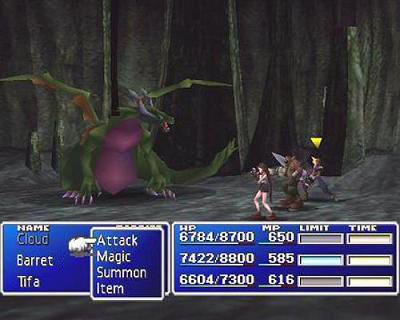
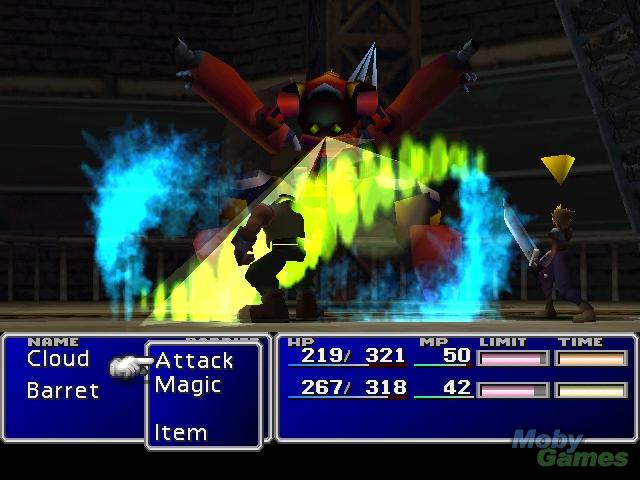
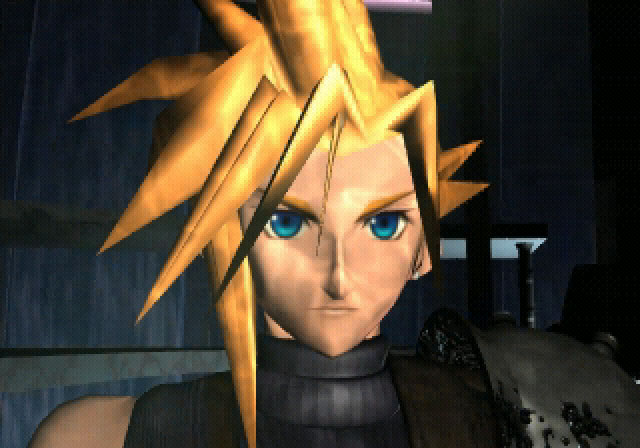

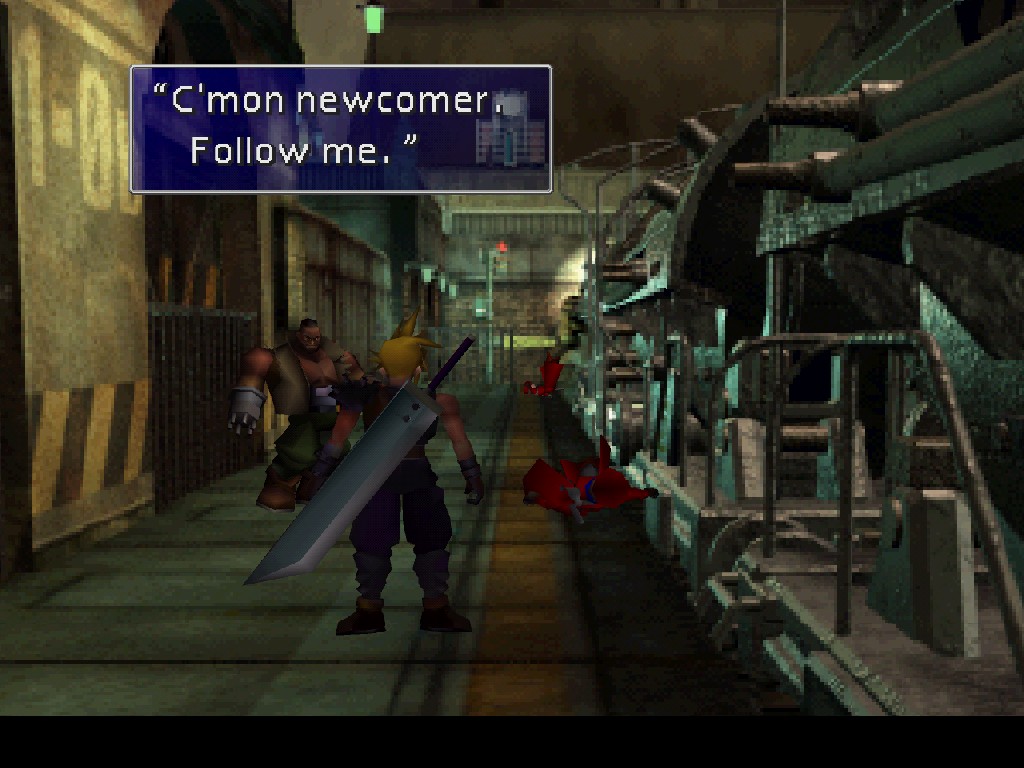
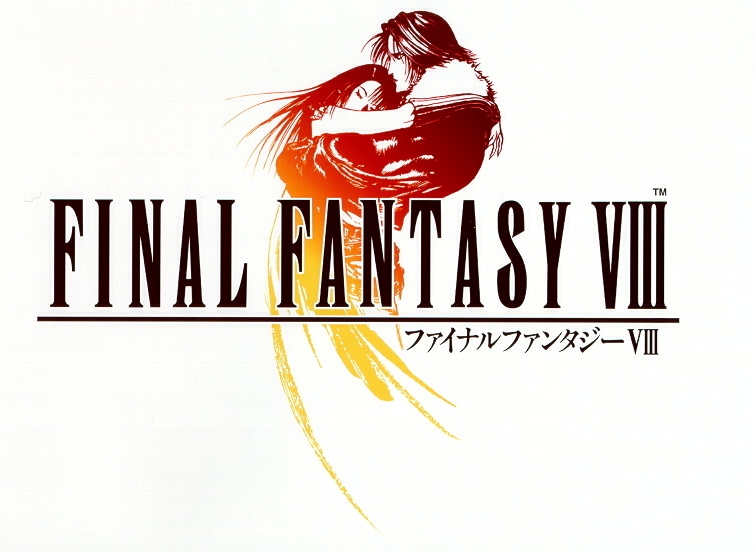
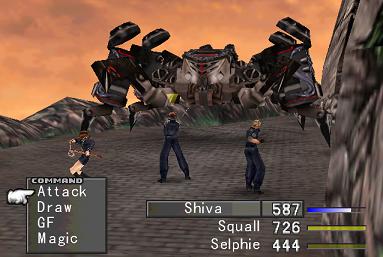

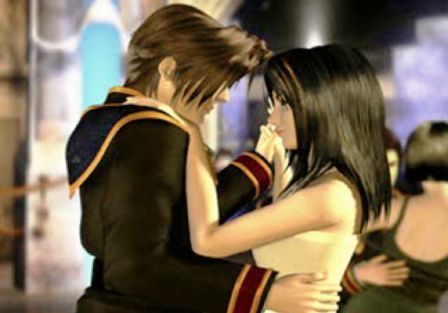
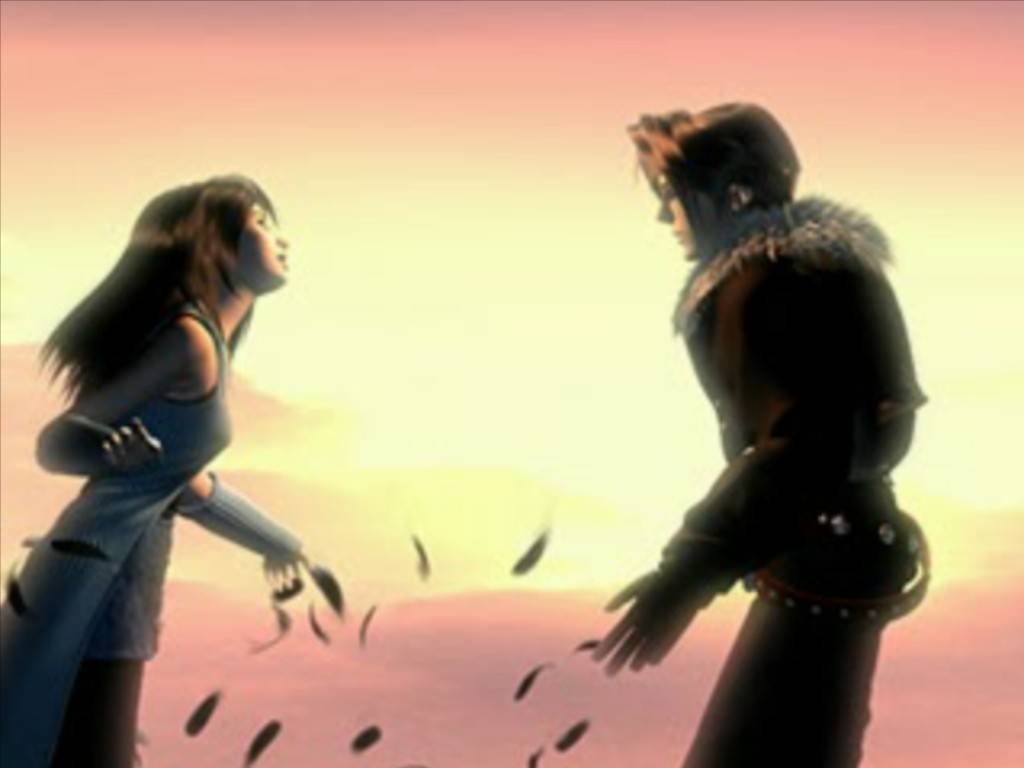
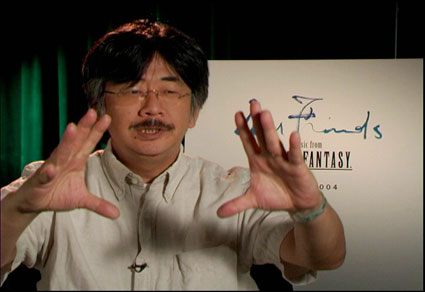


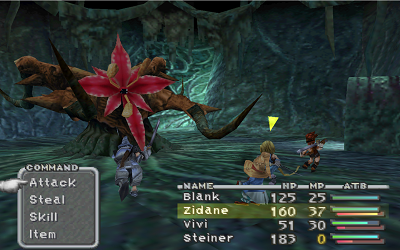
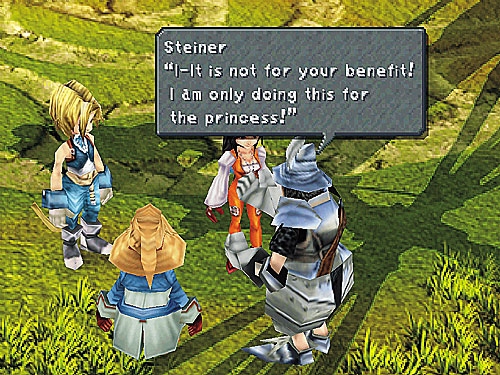
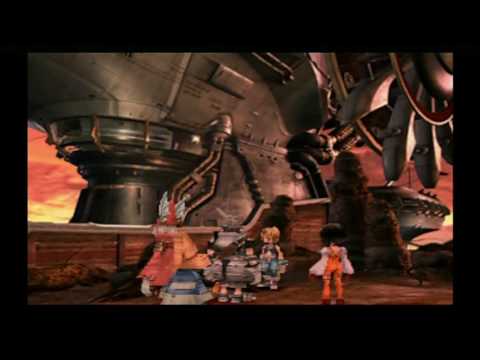
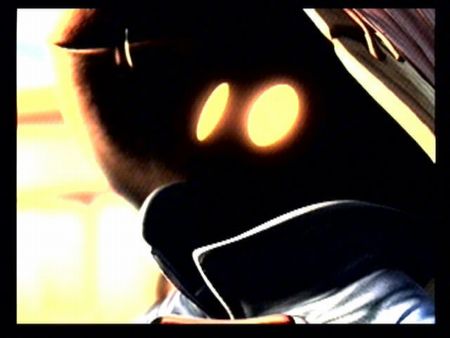
 Black Ops 3 Limited Edition Bundle DEAL
Black Ops 3 Limited Edition Bundle DEAL
